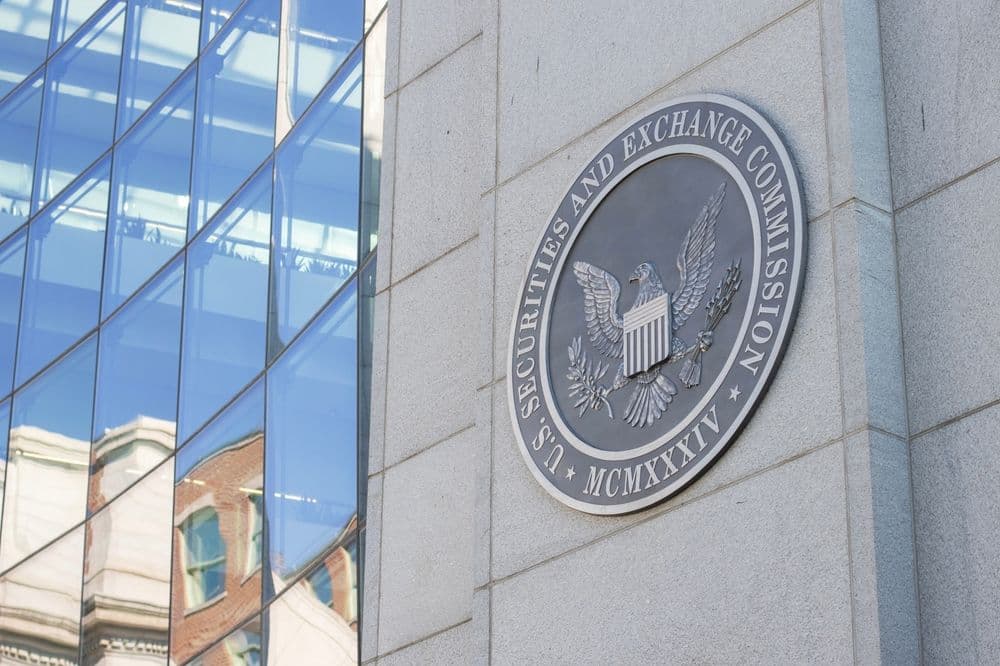 Tether’s Paolo Ardoino reaffirms faith in Bitcoin and gold as lasting stores of value. (Shutterstock)
Tether’s Paolo Ardoino reaffirms faith in Bitcoin and gold as lasting stores of value. (Shutterstock)Bitcoin and Gold will outlast any other currency
— Paolo Ardoino 🤖 (@paoloardoino) October 12, 2025
As of recent reserve communications, Tether says the core of its assets remains in highly liquid instruments such as U.S. Treasury bills, with additional positions in bitcoin and gold. In its Q2 2025 attestation report, Tether highlighted more than $127 billion of U.S. Treasury exposure and referenced robust bitcoin and gold reserves, while reiterating its focus on conservative liquidity and surplus buffers. The company also publishes a transparency portal with circulating-supply metrics and periodic reports intended to demonstrate that assets exceed liabilities.
For market participants, there are three practical takeaways from Ardoino’s statement. First, to the extent that Tether continues allocating surplus profits into bitcoin under its 2023 framework, the company remains a structural, programmatic buyer on a multi-year horizon. Second, gold is not positioned as a rival to bitcoin within Tether’s treasury thinking, but as a parallel pillar with different risk properties; the firm’s communications have treated them as complementary rather than mutually exclusive.
Third, despite the attention paid to bitcoin and gold, Tether’s reserve disclosures still emphasize that the majority of assets are held in short-duration U.S. government securities and cash equivalents. This allocation remains central to maintaining redemption liquidity under periods of market stress, reinforcing that the company’s approach balances long-term asset strategies with immediate operational stability.
The broader context is a year in which both bitcoin and gold have attracted “safe-asset” flows. While Ardoino’s post offers no price forecasts and avoids macro specifics, the company’s own policy rationale from 2023 tied bitcoin allocations to its decentralization and scarcity characteristics, framing the asset as a long-term store of value distinct from inflation-sensitive fiat currency.
Gold’s role is more traditional, a centuries-old store of value that may cushion against monetary debasement, geopolitical turbulence, or credit shocks. Tether’s blend of liquid Treasuries for operational stability and harder assets for long-run resilience reflects that two-track view.
Investors and counterparties will look to the next reserve report and attestation to see whether allocations to bitcoin or gold have changed in size or composition, and whether the firm adjusts its surplus-allocation cadence after a volatile quarter for digital-asset markets. Tether’s transparency hub remains the primary venue for those disclosures; the company has moved toward more frequent and granular snapshots over the past two years, though outside auditors and regulators continue to scrutinize the stablecoin sector’s reporting practices.
Ardoino’s message is concise, but the signal is clear: in Tether’s hierarchy, sovereign currency is indispensable for transactions and settlement today, yet bitcoin and gold are positioned as assets meant to endure beyond any single fiat regime. For a firm that straddles both the crypto-native and traditional-finance worlds, codifying that view into treasury policy and repeating it in public is part market communication, part risk philosophy.

New Hampshire greenlights first Bitcoin-backed bond

Abu Dhabi fund boosts Bitcoin ETF threefold

Bitfury launches $1B drive to advance ethical tech

SEC signals crypto shift with “Project Crypto”